4 Big Things You Need To Know About AWS Snowcone
‘With more applications running at the edge for an expanding range of use cases, like analyzing IoT sensor data and machine-learning inference, AWS Snowcone makes it easier to collect, store, preprocess and transfer data from harsh environments with limited space to AWS for more intensive processing,’ says Bill Vass, AWS’ vice president of storage, automation and management services.
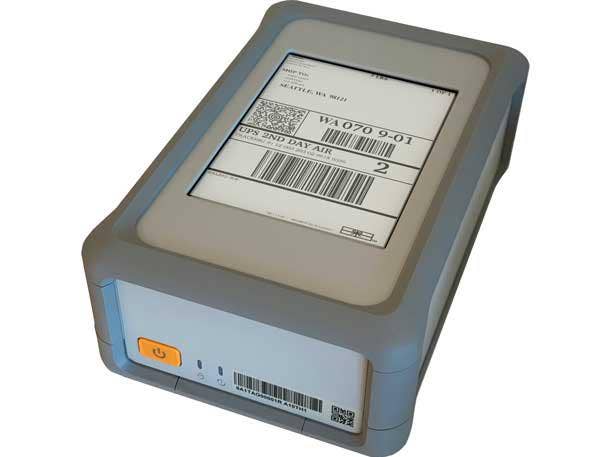
Amazon Web Services’ new Snowcone is a small, 4.5-pound, portable and rugged edge computing device for collecting, processing and transferring data to the AWS cloud from disconnected environments outside traditional data centers.
AWS Snowcone, which is now generally available, is designed for remote or extreme conditions that lack consistent network connectivity or environments that require portability, including hospitals and first-responder vehicles, military operations, factory floors, oil rigs, remote offices and movie theaters. Its use cases include industrial IoT, drones, tactical edge computing, content distribution, data migration, video content creation and transportation.
The new offering includes support for AWS IoT Greengrass, the ability to run Amazon Elastic Compute Cloud (EC2) instances and local storage. It can be used as an IoT hub, data aggregation point, application monitor or lightweight analytics engine. After collecting and processing data, users can move it from AWS Snowcone to the AWS cloud either offline or online, by shipping the device to AWS using its E Ink shipping label or using Ethernet or Wi-Fi with AWS DataSync, which are preinstalled on the device.
About the size of a tissue box, AWS Snowcone is small enough to fit in a conventional mailbox or small backpack—or attach to a drone—and is the most diminutive member of AWS’ Snow line of portable edge devices used to collect and process data, run local computing applications and move large volumes of data from log files, digital media, genomic data and sensor data from connected devices to AWS. Snow products also include the suitcase-size AWS Snowball and AWS Snowmobile, a 45-foot-long ruggedized shipping container that’s pulled by a semi-trailer truck.
AWS customer use of Snowball devices has greatly increased since their introduction in October 2015 and so has the need for a smaller device with more portability, according to Bill Vass, AWS’ vice president of storage, automation and management services.
“With more applications running at the edge for an expanding range of use cases, like analyzing IoT sensor data and machine-learning inference, AWS Snowcone makes it easier to collect, store, preprocess and transfer data from harsh environments with limited space to AWS for more intensive processing,” Vass said. “It's great for lightweight analytics on the edge. It's got containers and EC2 instances on it, and it lets people connect to the cloud really easily.”
Customers can order AWS Snowcone from the AWS Management Console, and AWS will ship the devices directly to their edge locations. AWS Snowcone is an AWS-managed service, with AWS providing direct support to customers.
Here’s a look at what you should know about AWS Snowcone.
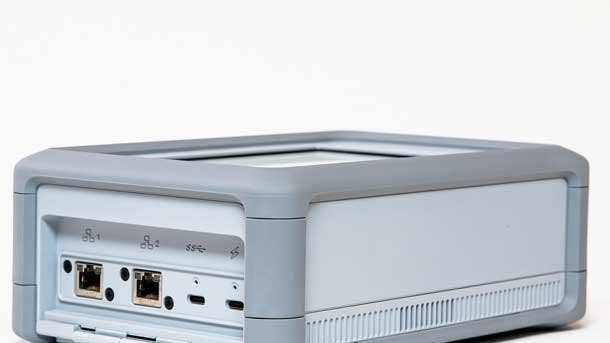
The Specs
Measuring 9 inches long, 6 inches wide and 3 inches deep, AWS Snowcone’s gray enclosure reflects infrared heat and is dust-tight and water- and wind-resistant, with a rubberized coating around the port door that seals when closed. The enclosure meets stringent standards for ruggedization, free-fall shock—it tolerates falls up to 3.8 feet—and operational vibration, according to AWS.
AWS Snowcone’s E Link shipping label, which is designed for shipping without a box, serves as a touch screen during operation. It takes three clicks to set up Snowcone, which currently is available in AWS’ U.S. East (Northern Virginia) and U.S. West (Oregon) cloud regions.
The new device can operate in temperatures ranging from freezing to desertlike conditions (38 degrees C/100 degrees F). It can withstand harsher temperatures— as low as -32 degrees C/-25.6 degrees F or as high as 63 degrees C/145.4 degrees F —while in storage or being shipped.
AWS Snowcone features two virtual CPUs, 4 GB of random-access memory and 8 TB of storage. It has two USB-C ports for power or an optional, external battery pack that can be snapped to the bottom of the device and is good for about six hours of runtime at 25 percent utilization.
When a customer wants to return the Snowcone, the E Link shipping label automatically updates to ensure it’s delivered to the right AWS cloud region, with shipping handled by AWS.
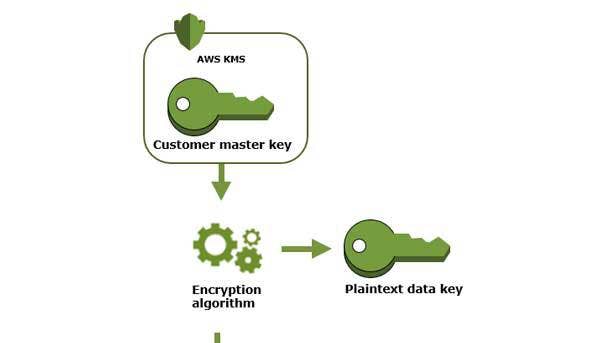
Security
Data on Snowcone is automatically encrypted using military-grade, 256-bit keys that never are stored on the device and can be managed using the AWS Key Management Service.
AWS Snowcone has anti-tamper and tamper-evident features to help ensure data on the device stays secure during transit. Erasure of the data also is secure and verified, according to AWS, and adheres to the U.S. Department of Commerce’s National Institute of Standards and Technology guidelines for media sanitization.
“Just like a Snowball, the data is multilayer-encrypted,” Vass said. “Companies like Deluxe [Entertainment Services], for example, with their One VZN, can use it for secure movie distribution and feel secure about it in transit.”
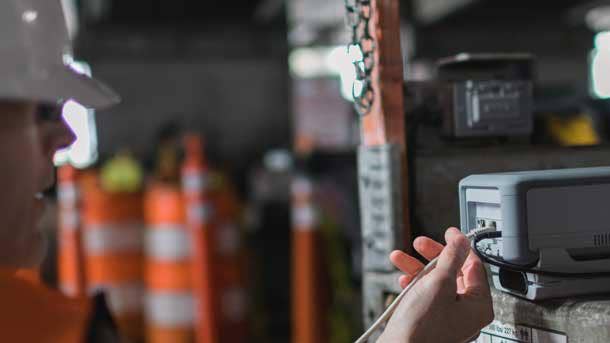
Deluxe’s One VZN
Los Angeles-based Deluxe Entertainment Services, a video creation and distribution company, unveiled the launch of One VZN (pronounced “vision”), a cloud-based IP delivery solution for distributing major studio and independent content such as films, trailers and ads to movie theaters.
Developed in collaboration with AWS, One VZN is an enhancement to Deluxe’s cloud-based Deluxe One platform. It uses AWS Snowcone to provide easy-to-manage storage of digital content in theater locations. It more quickly distributes content from Amazon Simple Storage Service (Amazon S3) via high-speed online transfers to AWS Snowcone devices in theaters using AWS DataSync.
The solution will allow for same-day global delivery of theatrical releases that currently is done by satellite or hard drives shipped by Deluxe to theaters. It can overcome on-site storage constraints by sending smaller, customized content packages and providing a small infrastructure footprint in theaters, the company said.
One VZN is a “leap in innovation for digital cinema distribution, which has been stagnant over the past decade,” according to Andy Shenkler, Deluxe’s chief product and technology officer.
“One VZN is poised to be one of the most important innovations in digital cinema distribution in the past decade, fundamentally changing not only the economics of film distribution for exhibitors and studios around the globe, but also enabling new theatrical experiences for viewers as well,” Shenkler said in a statement. “The secure, compact AWS Snowcone device, in conjunction with Deluxe’s powerful cloud-based solutions, create a truly differentiated solution of the industry.”
Deluxe will pilot One VZN in select North American theaters—including Premiere Cinemas, Emagine Entertainment, Classic Cinemas and ArcLight Cinemas—as they begin to reopen with the lifting of coronavirus (COVID-19) restrictions.
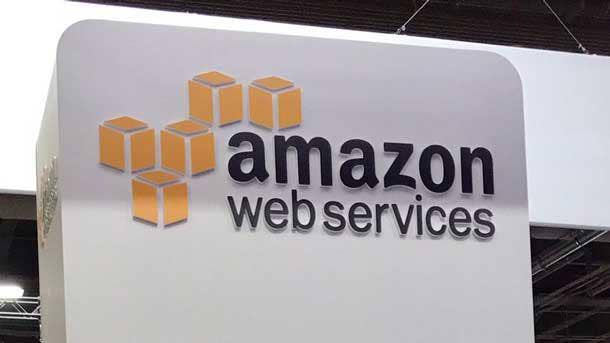
AWS Partner Reaction
Cloud providers such as AWS continue to consolidate more of the applications that people rely on into centralized hyperscale clouds, but the demands for instantaneous responsiveness—combined with limited bandwidth in some areas—force many applications to be moved to the edge, said Matt Wallace, chief technology officer of Faction, a Denver-based MSP and AWS Advanced Consulting Partner.
“Snowcone evolves Amazon's edge strategy with an extremely portable and affordable option that complements products like Snowball, IoT Greengrass and Wavelength,” Wallace said. “It also showcases Amazon's growing capabilities to build and deploy physical hardware, as also evidenced by their Outposts offering."
A hybrid cloud offering, the fully managed AWS Outposts extends AWS’ cloud infrastructure, services, APIs and tools into customers’ on-premises data centers or colocation sites for the first time with compute and storage server racks outfitted with AWS-designed hardware. AWS CEO Andy Jassy announced the general availability of the native version of AWS Outposts at the AWS re:Invent 2019 conference in December.
AWS Snowcone is another step forward for AWS and its “ability to recognize the need to migrate data in all forms and sizes to the cloud,” said Darin Cook, CEO of Houston-based SynchroNet, an AWS Advanced Consulting Partner specializing in end-user computing.
“The new and smaller form factor of Snowcone will allow for the capture of data from many more locations,” Cook said, including remote corporate offices and remote customer sites with little to no connectivity. “Think oil fields or industries who operate in remote areas.”
“[AWS Snowcone’s] hardened packaging will be useful to customers who manage warehouse and distribution facilities in the lighting, electrical component and book publishing industries,” said Larry Gordon, co-founder and CEO of xOps, a DevOps IT services firm and AWS Consulting Partner with headquarters in New York City. “Currently they are looking to upgrade from encased, standard multifunction tablets.”
In recent field exercises conducted by Novetta, an AWS Advanced Consulting Partner, AWS Snowcone “performed admirably as a sensor hub at the edge to track people and assets in a disaster zone,” according to Rob Sheen, senior vice president of client operations at the analytics solutions company, which focuses on public sector, defense, intelligence and federal law enforcement customers.
“Snowcone gives us a rugged, secure and portable edge computing platform that we can use in disaster zones and austere edge locations,” said Sheen, whose company is based in McLean, Va.